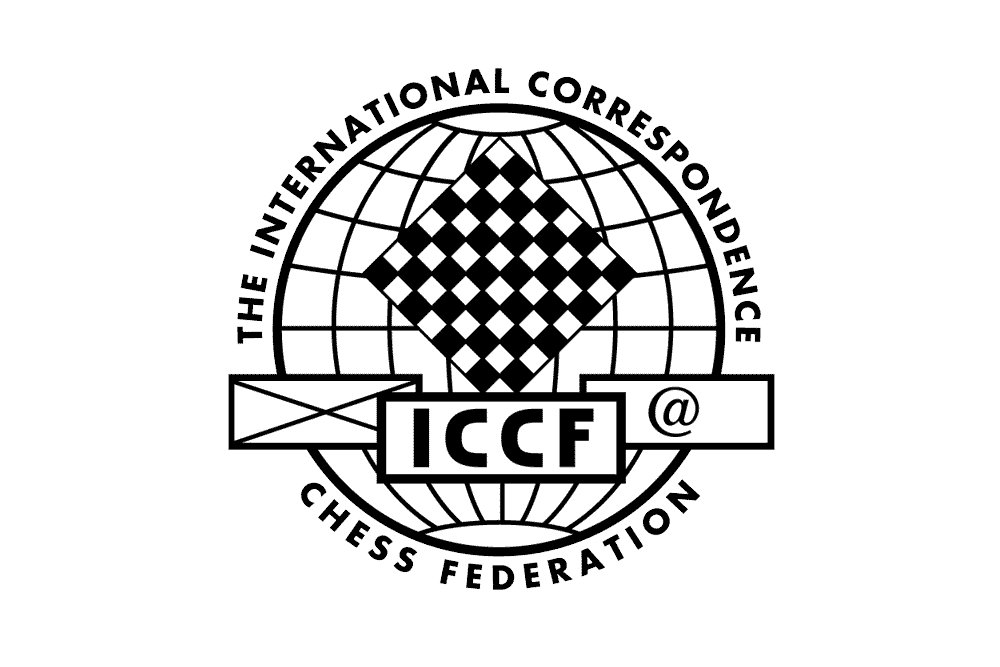On 15 November, a strong international correspondence chess tournament will start on the ICCF server to test the alternative scoring system devised by Slovenian Venceslav Rutar as a tiebreaker. The focus is on a differentiated scoring system for drawn games, which today account for around 98% of games in many tournaments and overwhelm conventional tiebreaker scoring systems.
For this tournament, in which 10 correspondence chess GMs and 3 SIMs (including one FIDE GM) are participating, I have created an external website where you can find a lot of important background information and where the evaluation will be carried out according to the Rutar scoring system.
While preparing for the tournament, I was in close contact with Venceslav Rutar, a retired physicist who has found time to devote himself to chess. We owe him a generous donation of $2,000 in prize money. However, without the support of the German Correspondence Chess Federation (BdF) and the encouragement of correspondence chess enthusiasts and officials on the international chess scene, this tournament would not have been possible.
For a test tournament, tournament category 13 is quite remarkable (the last three World Championship finals only reached categories 11 and 12), especially since the main purpose of the tournament is “only” to find out whether and to what extent the new points system is suitable for determining the winner in the event of a tie and how the scoring method affects the chess games themselves. When one considers that similar scoring methods were already a topic of discussion among the world’s great chess players a hundred years ago, but mostly remained just talk, then our experiment – albeit belated and under very different circumstances – can already be labelled “historic”, whatever the outcome.
It will be months before the 78 correspondence games get underway and the first results are available. Only when two games have been completed will the ongoing games be available for everyone to watch, with a delay of five moves.
However, it is worth taking a look at the website now and familiarising yourself with the subject matter (including position and exercise examples).
Here is the link to the website: https://www.not-all-draws-are-equal.com/
